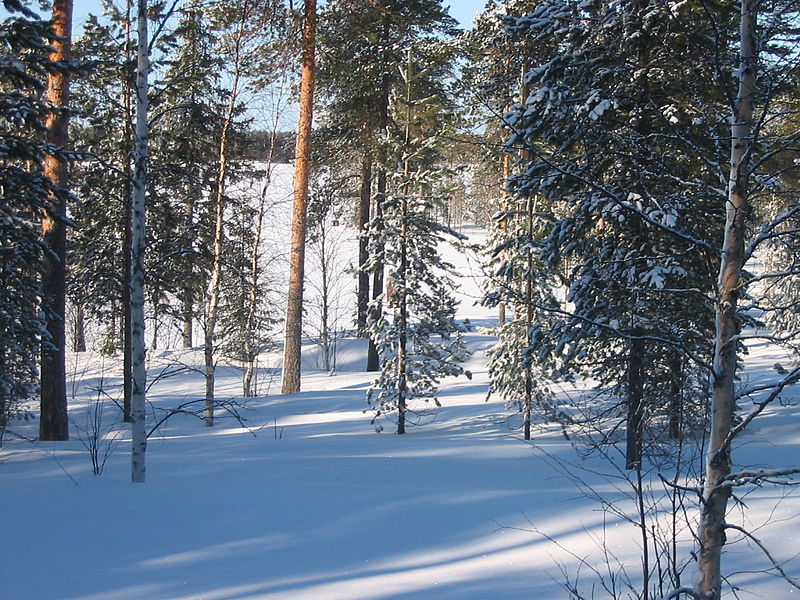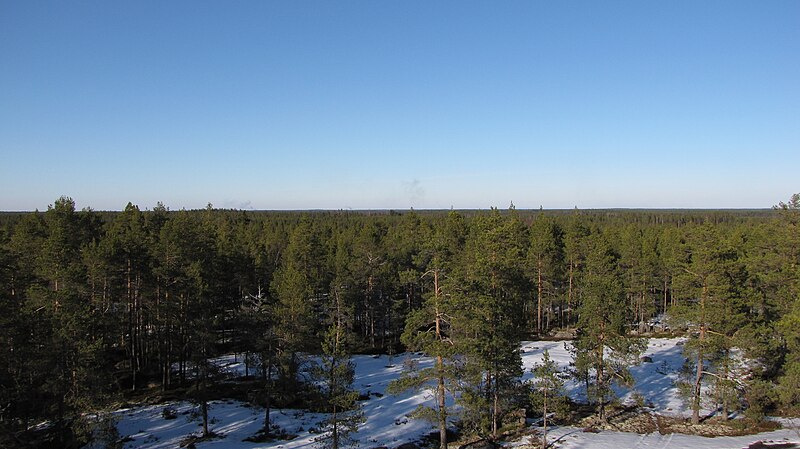I find it interesting that two almost identical looking set of boots, one of made out of rubber and one from leather, show a major difference when tested in a cold environment in FDF tests. Two groups of test subjects wore footwraps, felt liners and one set of boots in addition to standard battle uniform of the time (in 1987, i.e. m/62) during the tests. The ones who wore rubber boots had an average insulation of 1.4 clo on their feet, while the other group with leather boots had only 1.1 clo. However the overall difference in insulation for the whole body was less, 3.6 vs. 3.5 clo. The temperatures during the test varied from -27,7 to -36,1C. The minimum insulation required for these types of temperatures is at least 4.1 clo if body produces about 116 w/m2 or 1.9 clo if the heat production is at 232 w/m2. The first watts per square meter value is equivalent to walking 3,2 km/h in a road and the latter one to walking 4 km/h in snow or little more than one produces when skiing.
Both shoes with felt liners collected about the same amound of moisture and according to the report there was no correlation between feet temperature and moisture collected on the footwraps and liners. The leather boot kept the toes warmer when only the skin temperature was measured but it seems that in overall the rubber boot was a winner.







